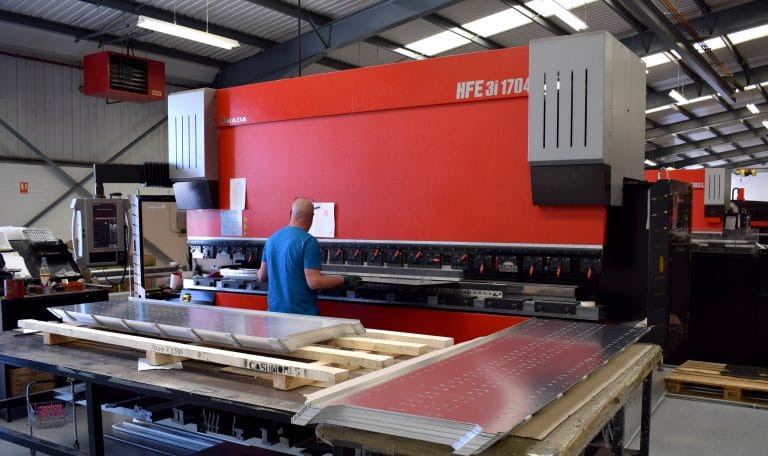Manchester has long been a city built on making things. From the hum of the cotton mills to the clanging heart of its foundries, the spirit of craftsmanship is stitched into the bricks and steel of the city. In a time when digital design and imported materials dominate, it’s easy to forget the value of hands-on trades.
But walk through Manchester today and you’ll still see it – in the curves of public sculptures, the gleam of modern architecture, and even the signage on local businesses. Fabrication, especially through sheet metal, is not a relic. It’s very much alive, and it’s shaping the look and feel of our city in ways most don’t even notice.
The Role of Fabrication in Today’s Design Scene
When people talk about design, their minds often go to interior trends or high-concept buildings. But behind these glossy outcomes is a quieter process – one that involves actual materials, real people, and a great deal of skill. Sheet metal fabrication continues to play a part in how modern Manchester expresses itself. Whether it’s sleek staircases in a converted mill or bold signage on a new coffee shop in Ancoats, the use of fabricated metal brings texture, strength, and a contemporary edge that stands the test of time.
Good design needs more than just aesthetics – it needs longevity. Metal fabrication doesn’t just look good; it lasts. That’s part of what makes it so valuable in public and commercial projects. You can see the fingerprints of local craftspeople in everything from decorative wall panels to structural supports hiding in plain sight.
Sheet Metal in Architecture and Public Spaces
Take a stroll down Cutting Room Square or through the Northern Quarter, and you’ll notice how metal has been used to add detail and presence to buildings old and new. The weathered steel signs, polished railings, and sharp, clean lines in outdoor installations all owe their form to fabrication.
Architects and developers continue to turn to sheet metal fabrication services in Manchester because they know they’re not just getting a product – they’re getting craftsmanship. Local fabricators understand the city’s architectural language and how to work with it. The metalwork in public benches, gallery exteriors, and even bike shelters isn’t just functional – it’s part of the visual identity of modern Manchester.
Sustainability and Craftsmanship in Local Manufacturing
There’s also something to be said about where the metal is made and shaped. Supporting local fabricators means cutting down on transport miles, which has environmental benefits, but it also means investing in skills that have been passed down through generations.
While many industries have moved to automation, metal fabrication still relies on hands-on precision. It’s not mass-produced; it’s made with care. And in an age where everything is becoming disposable, the work of local makers stands as a reminder that quality still counts.
Reusing and recycling materials is also much easier when working with local teams. There’s a stronger commitment to doing things the right way, which benefits both the community and the environment. In this way, the sheet metal seen across Manchester isn’t just useful – it tells a story of careful decisions and enduring skill.
Why Supporting Local Fabricators Matters
Manchester’s identity has always been linked to its makers. Even as the city has evolved into a hub of digital innovation and culture, its beating heart is still its trades. Fabricators are part of this. They don’t always shout about their work, but it’s there, quietly reinforcing the structures we walk past and admire every day.
Choosing to work with local talent isn’t just a nice gesture. It helps keep these skills alive, supports small businesses, and brings character to projects that could easily become generic. When you see a well-made handrail, a custom balcony, or a sculptural feature in a new building, you’re seeing the result of someone local taking pride in what they do.
So next time you’re in the city and something catches your eye – a panel of brushed steel, a stylish canopy, or even a carefully crafted bin enclosure – take a second to appreciate it. There’s a good chance it was made just a few miles away by someone who knows this city, loves it, and helps shape it every day.



